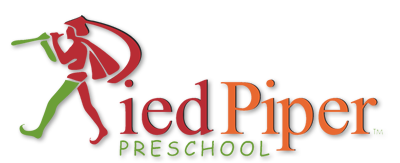Our Environment
The Early Years Learning Framework (EYLF) emphasizes that: ‘Learning environments are welcoming spaces when they reflect and enrich the lives and identities of children and families participating in the setting and respond to their interests and needs.’
It also reminds us that ‘Indoor and outdoor environments support all aspects of children’s learning and invite conversations between children, early childhood educators, families and the broader community. They promote opportunities for sustained shared thinking and collaborative learning.’
At Pied Piper Preschool, we really value the power of the physical environment (the indoor and outdoor play spaces) to nurture feelings of belonging and to send a strong message that our preschool is a place where children want to be – a place to learn, grow and flourish.

The verandah offers an extension of the space in the playrooms and offers a respite from the heat in summer and the cold in winter during outdoor play.

The amphitheatre is a place for music, dance, stories, special events and a space that can be whatever the children want it to be.

The Wattle Room has soft, defined spaces for small groups to gather for intentional teaching times.

Spaces are flexible and adaptable and able to be used for a range of types of play. At preschool, sensory play that may be messy is encouraged and children learn to help maintain and respect their play spaces.

The sandpit, surrounded by native plants and sandstone boulders, offers a space to be alone or to work with others.

A water-wall, made by some of the staff from recycled materials, offers scientific exploration and the sheer pleasure of the feel and sound of running water.

Each room has spaces for designing, creating and making, and a range of tools and fixatives for children to use as they choose. This approach gives children choice and a sense of agency over how and what they create.

A large art table in the Waratah Room encourages collaboration.

The environment includes places where children can see images of their families.

Children are invited to sign-in as they arrive….whatever stage of literacy they are at.
